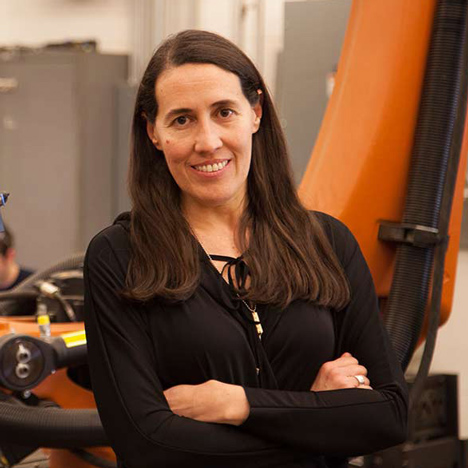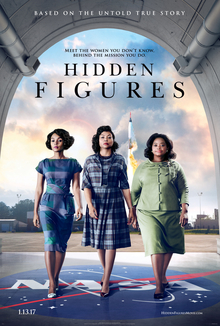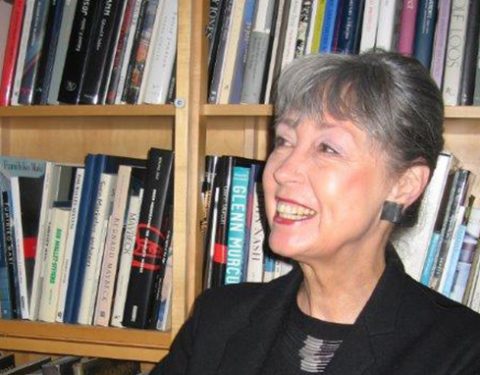
Carol Ross Barney Wins the IL AIA Medal
April 6, 2017
Lecture Review: Monica Ponce de Leon
April 22, 2017Hidden Figures
By Kim Haig
For those of you who haven’t yet seen Hidden Figures, I heartedly recommend it, particularly for women in typically male-dominated professions. This true story focuses on three women that play key supporting roles in the race to the moon during the early 1960’s. The fact that these women are African-american during a period where overt racism is still the rule of the day makes their accomplishments that much more satisfying.
In this era of constant connectivity, it’s hard to believe that as recently as 1961 NASA was able to launch the Mercury rockets to orbit the earth (and later reach the moon) with little help initially from computers. Instead NASA relied on human “computers”, that is people that did complex math computations on paper, to get them into space. Three extremely talented black women,- Katherine Johnson, Mary Jackson and Dorothy Vaughan, are tasked with very complex computations for NASA while coping with the slights and disrespect of their superiors and co-workers. Ms. Johnson, who is assigned to the Space Task Group, has to prove to a room full of white men that she is up to the job, while suffering the indignity of jogging a half-mile to a “colored” women’s room every time she needs to relieve herself. When her boss, played by Kevin Costner, finds out what is going on he takes a sledge hammer to the “colored” sign above the women’s room in a very funny and satisfying scene. Johnson (played by Taraji Henson) goes on to save the Mercury launch at the last minute by personally verifying critical launch parameters.
Meanwhile, Johnson’s friends, Dorothy Vaughan (played by Octavia Spencer) and Mary Jackson (played by Janelle Monae) face challenges of their own. Vaughan patiently fills the role of supervisor despite her work not being acknowledged by title or paycheck, and ultimately protects the women in her department by learning FORTRAN out of a library book and then teaching her staff to run the brand new IBM mainframe being installed nearby. Jackson aspires to the title of “engineer” to match the work that she is already doing. But she has to go to court for permission to attend an all-white local community college for the few classes that are required for her to be hired as an engineer.
Despite the grueling hours required of them by NASA, these three women continue to juggle families and social lives while maintaining a sense of humor about the racism they face every day. During the final moments of the movie Katherine Johnson is awarded the Presidential Medal of Freedom (in 2015) and notes that a new 40,000 SF Computational Research Facility was named after her, a fitting tribute to a part of history that is too often overlooked. This feel-good movie is immensely satisfying, and hopefully an inspiration to young women to pursue STEM jobs that are still too often filled mostly by men.



